44km London's Docklands
The Dock Workers
Ride overview
For almost 200 years, the banks of the River Thames were home to the world’s greatest port. Until the late 1960s, you could stand on London Bridge and the skyline was crowded not by supersized glass towers but by cranes which hauled anything from timber to sugar, from grain to ivory from the holds of ships. The districts around the docks were filled with the insalubrious homes of poorly paid dockers and their families. Since the closure of the docks in the 1970s and their subsequent redevelopment in the Thatcher years, the area has moved from a forbidden area into a district of endless fascination. The docks are now home to woods and parks, to watersports and affordable homes, to a University, a financial district and an airport. Yet within all the shining modernity are the remnants of ‘this great and monstrous city at the heart of an immense darkness’. (Joseph Conrad). The ride itself is largely traffic-free and full of wonders. .
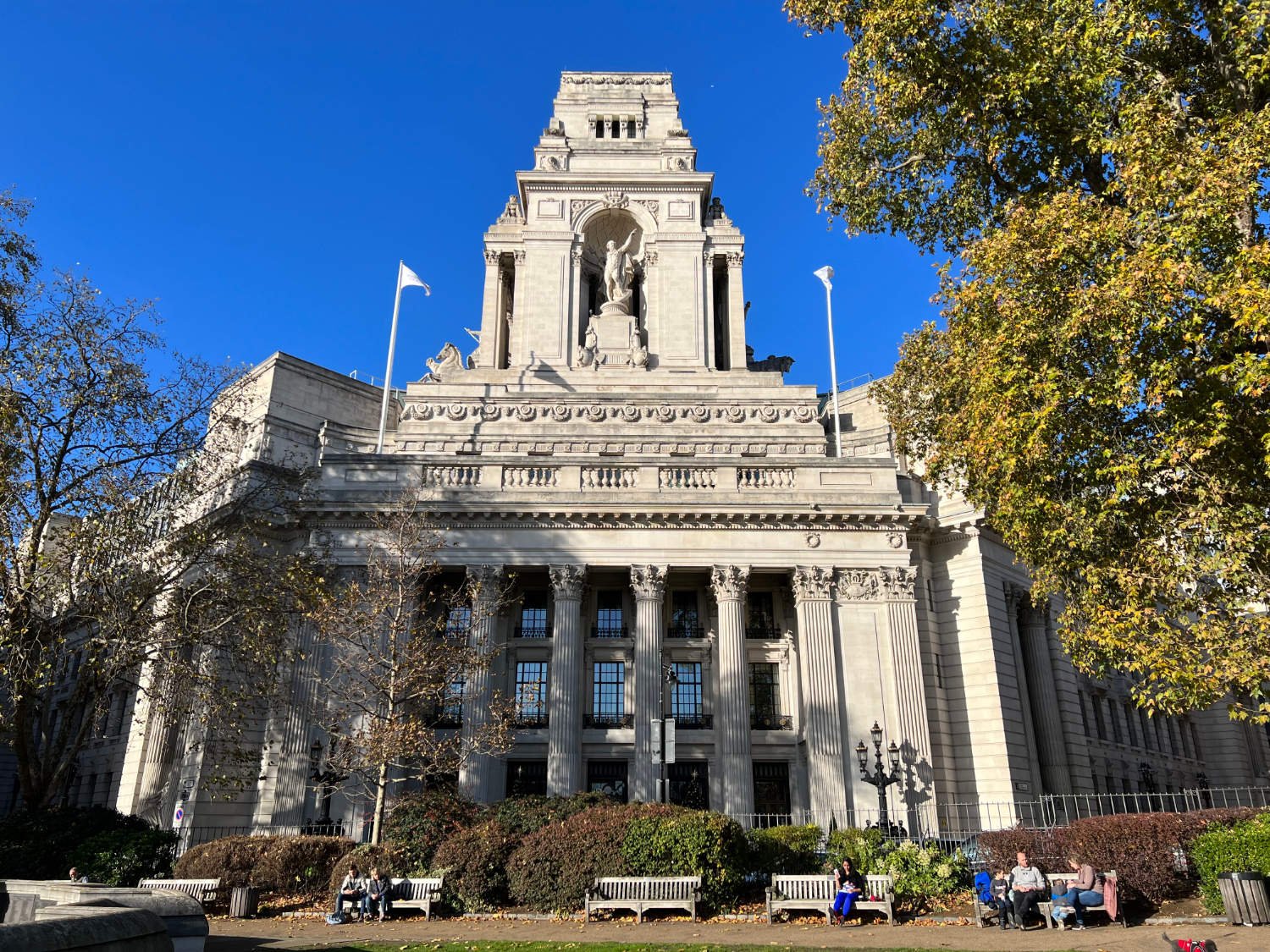
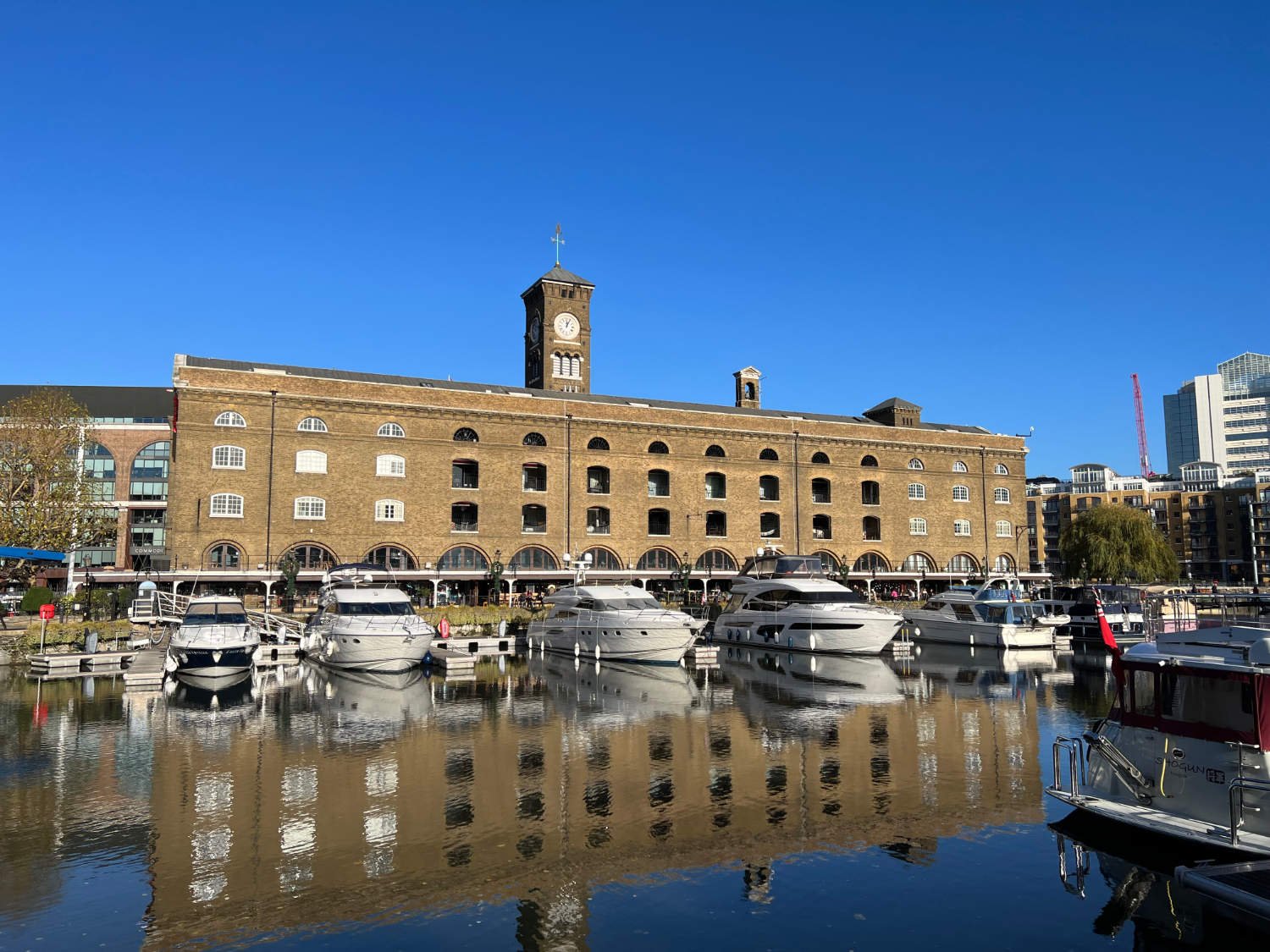
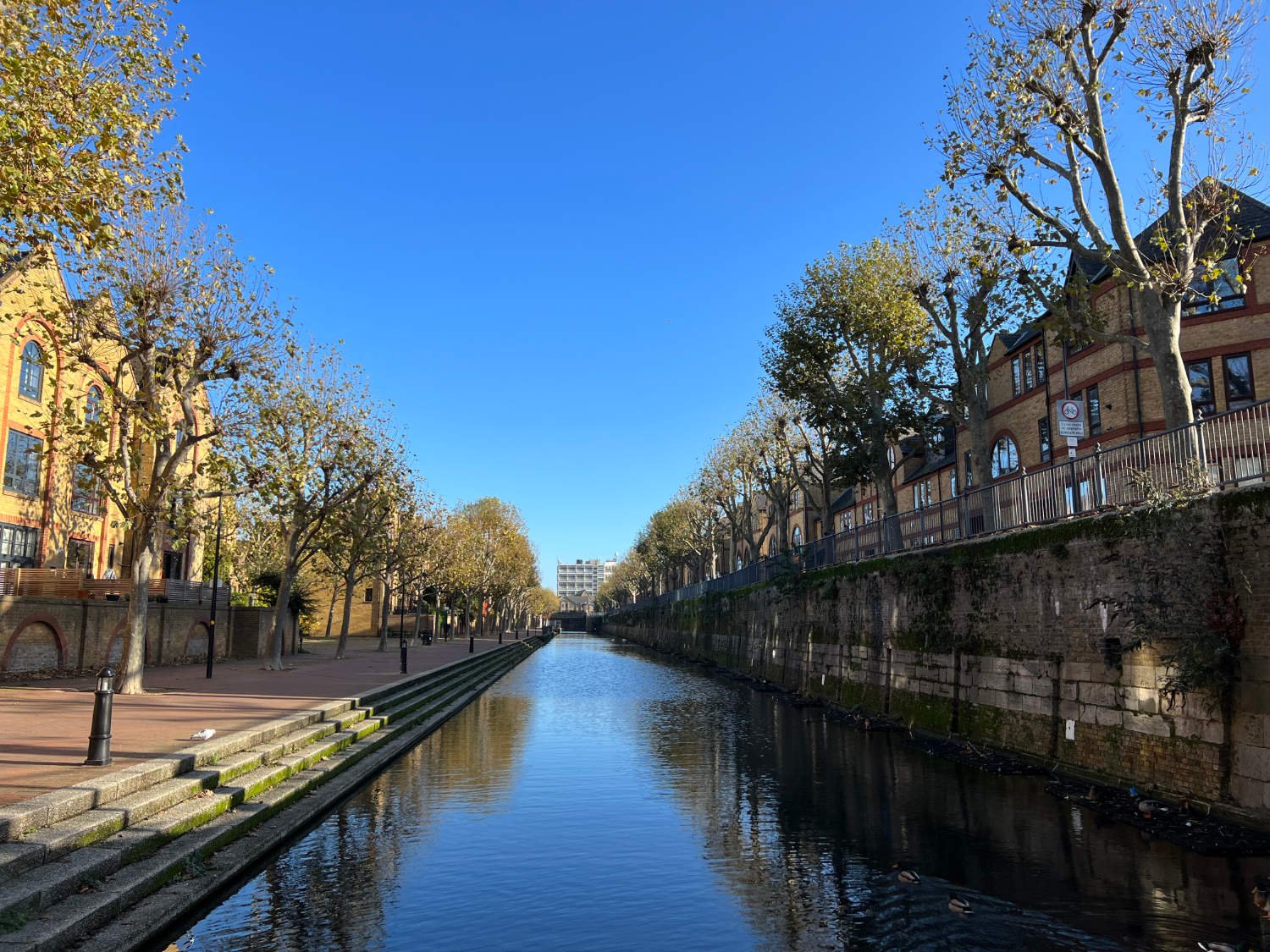



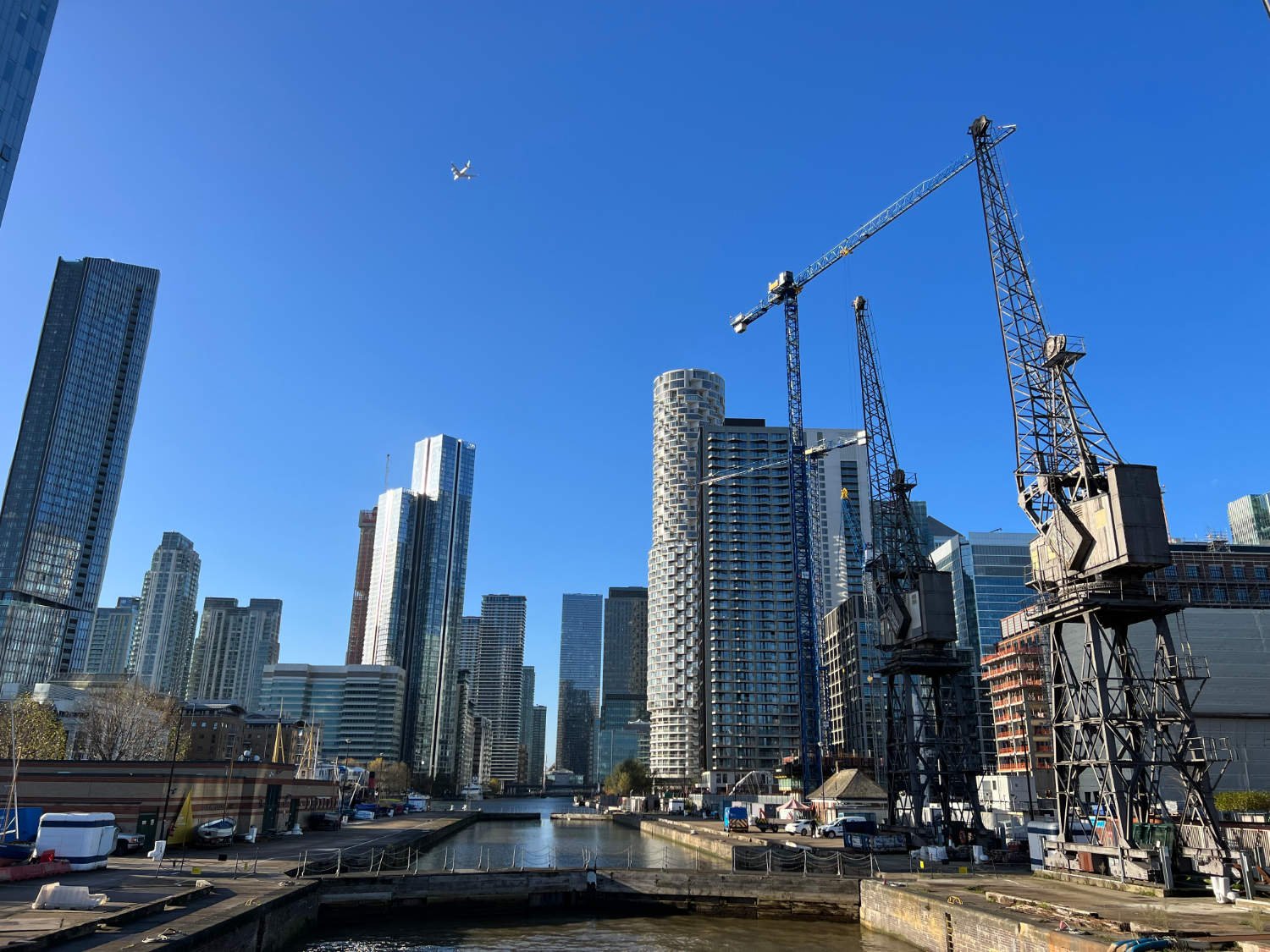
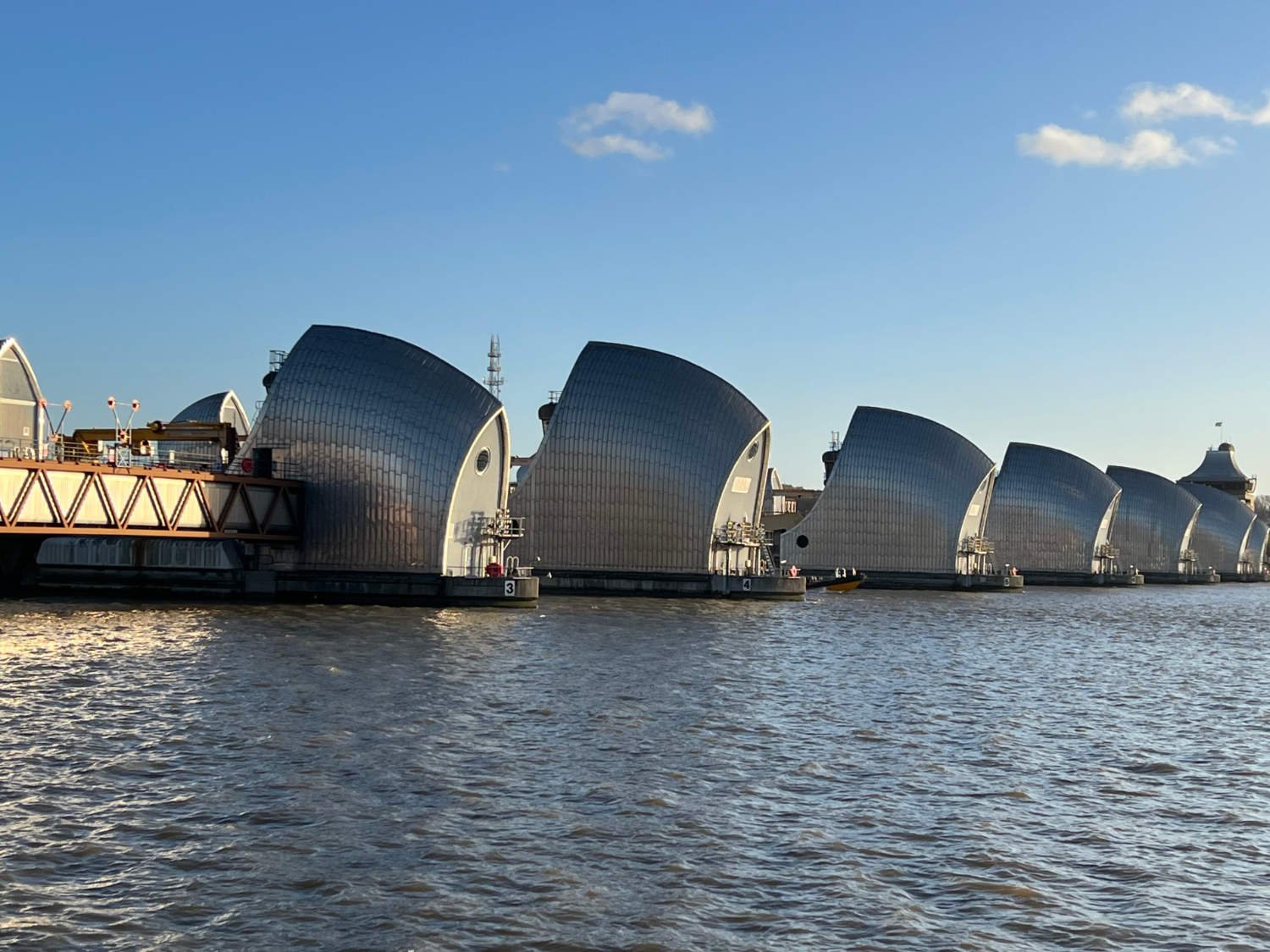

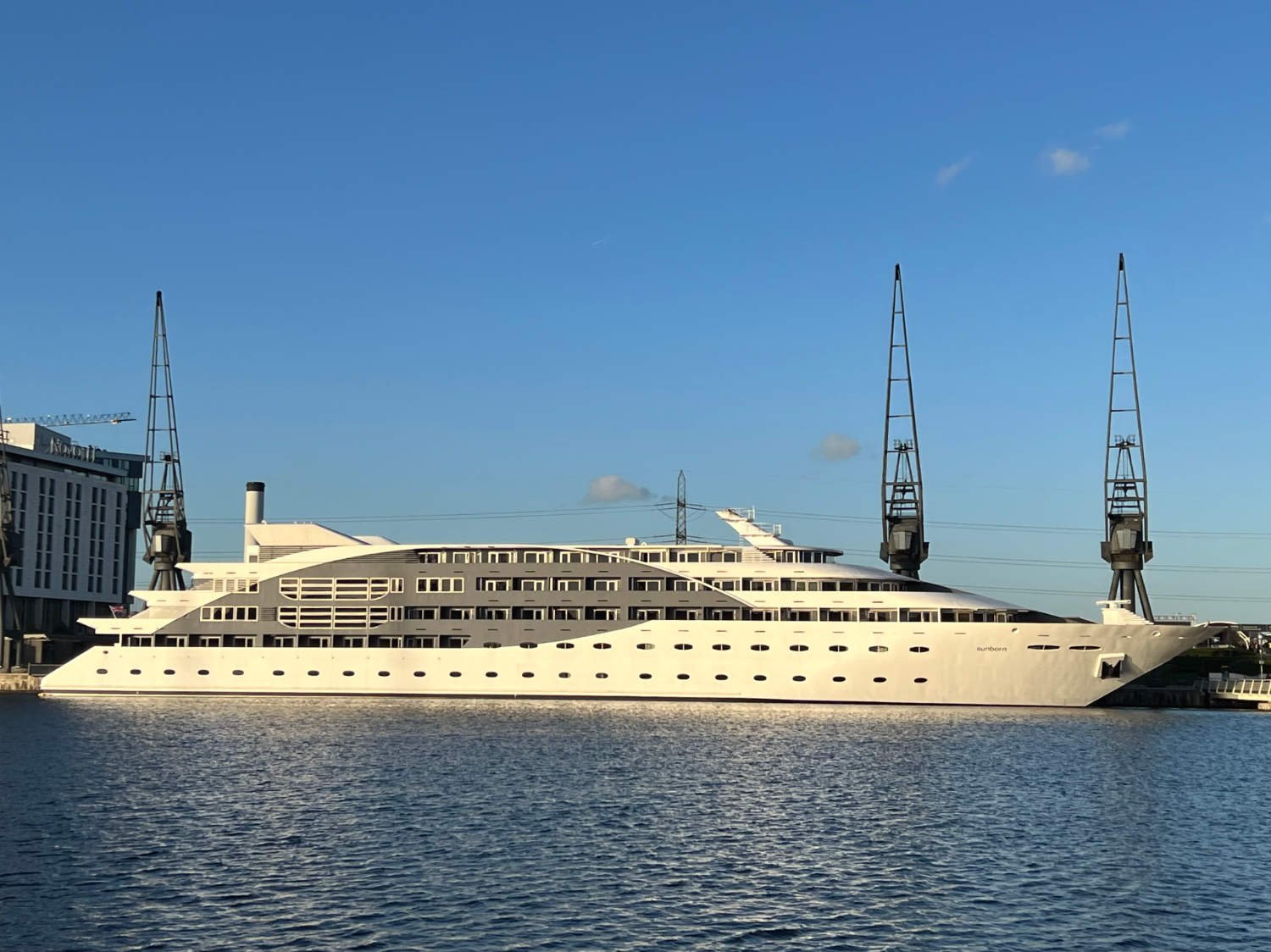

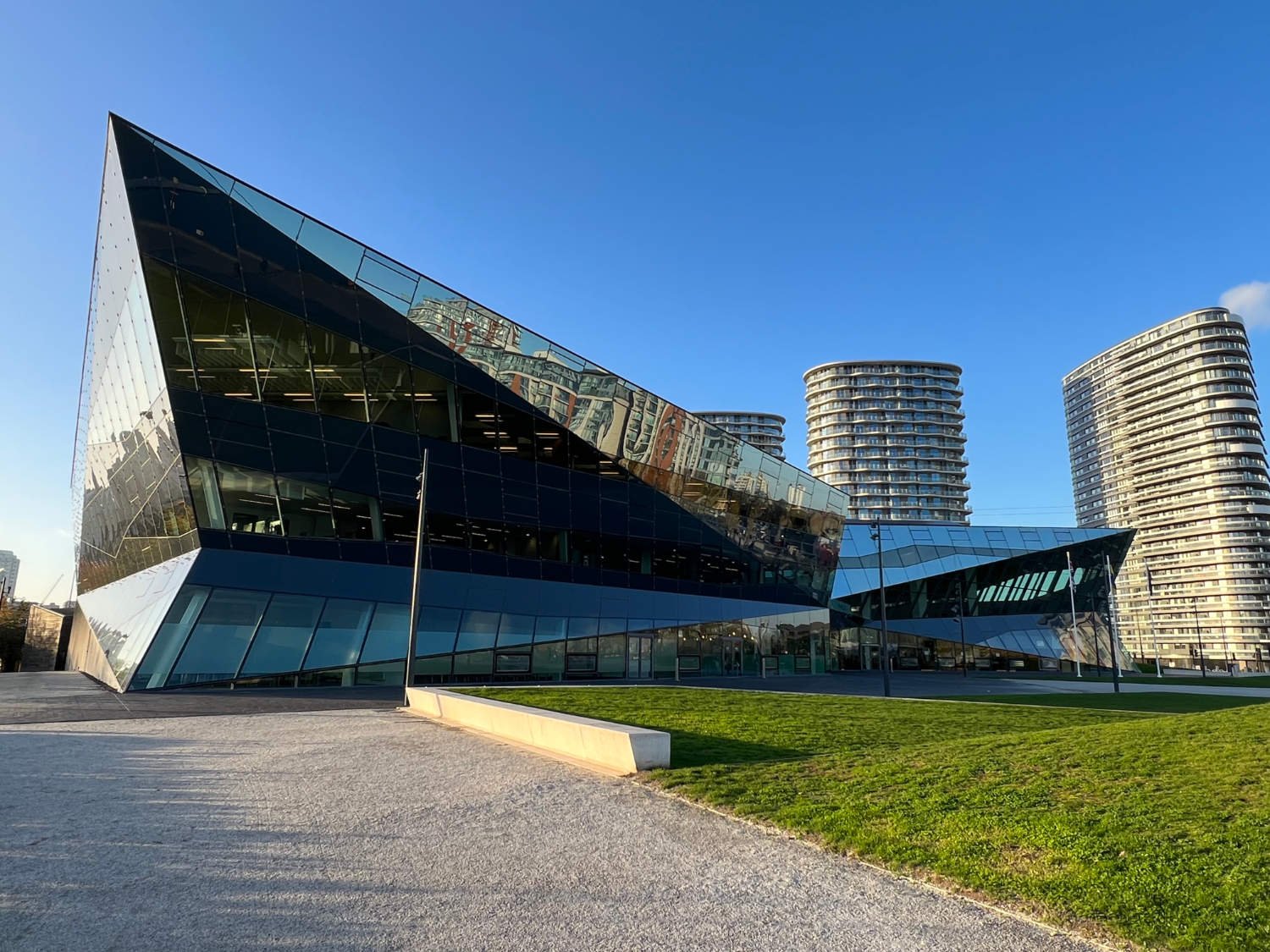

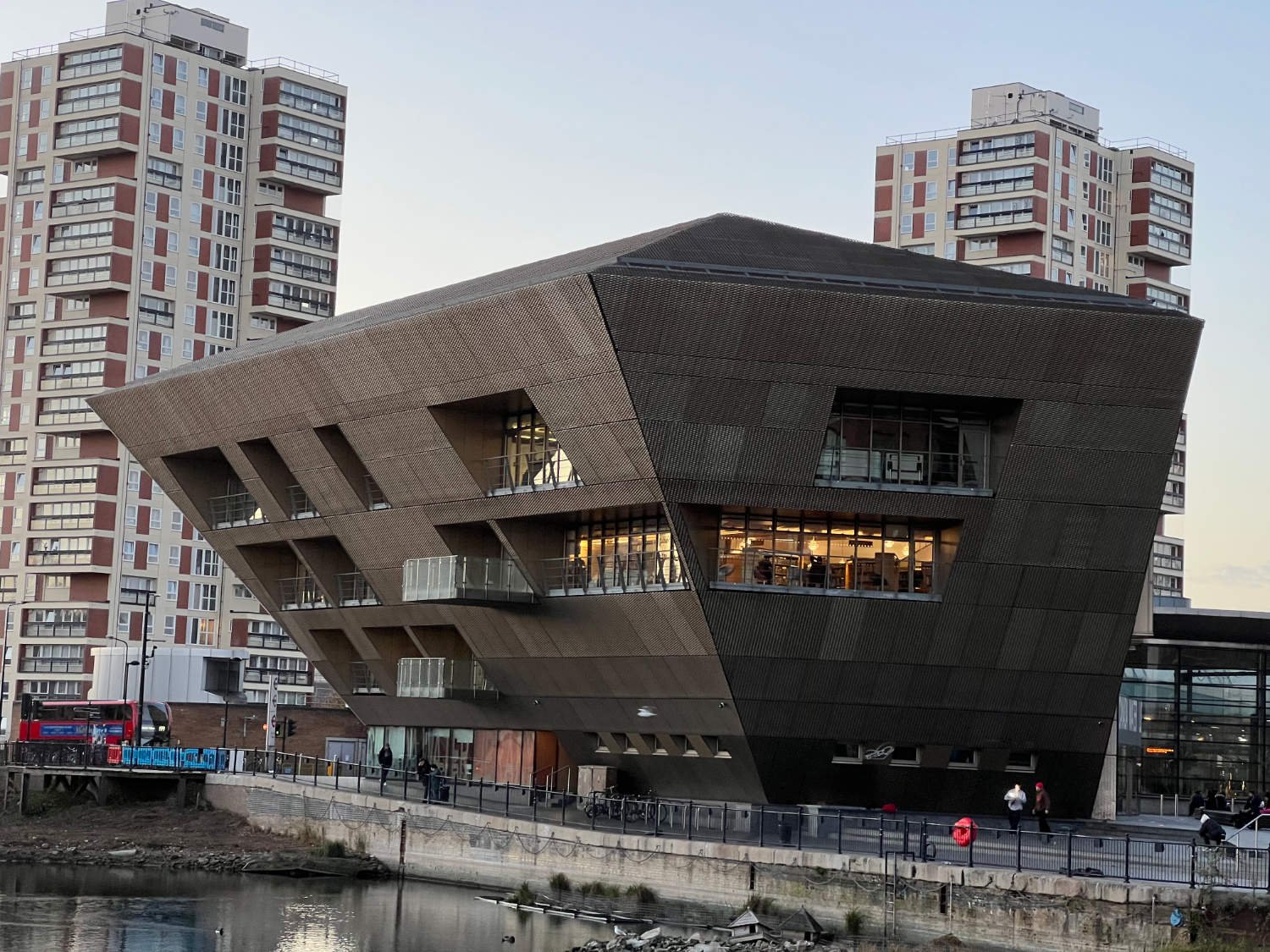
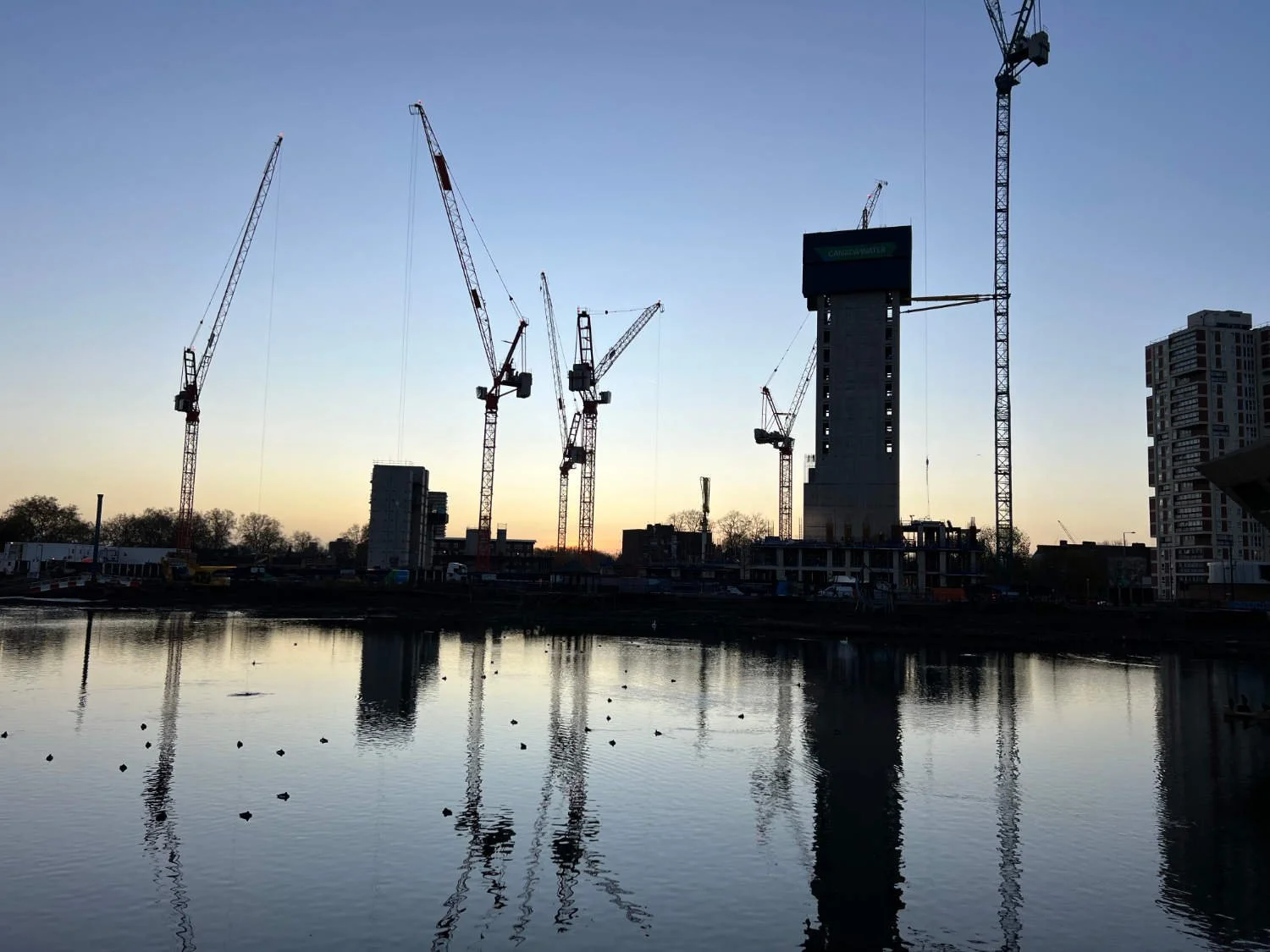
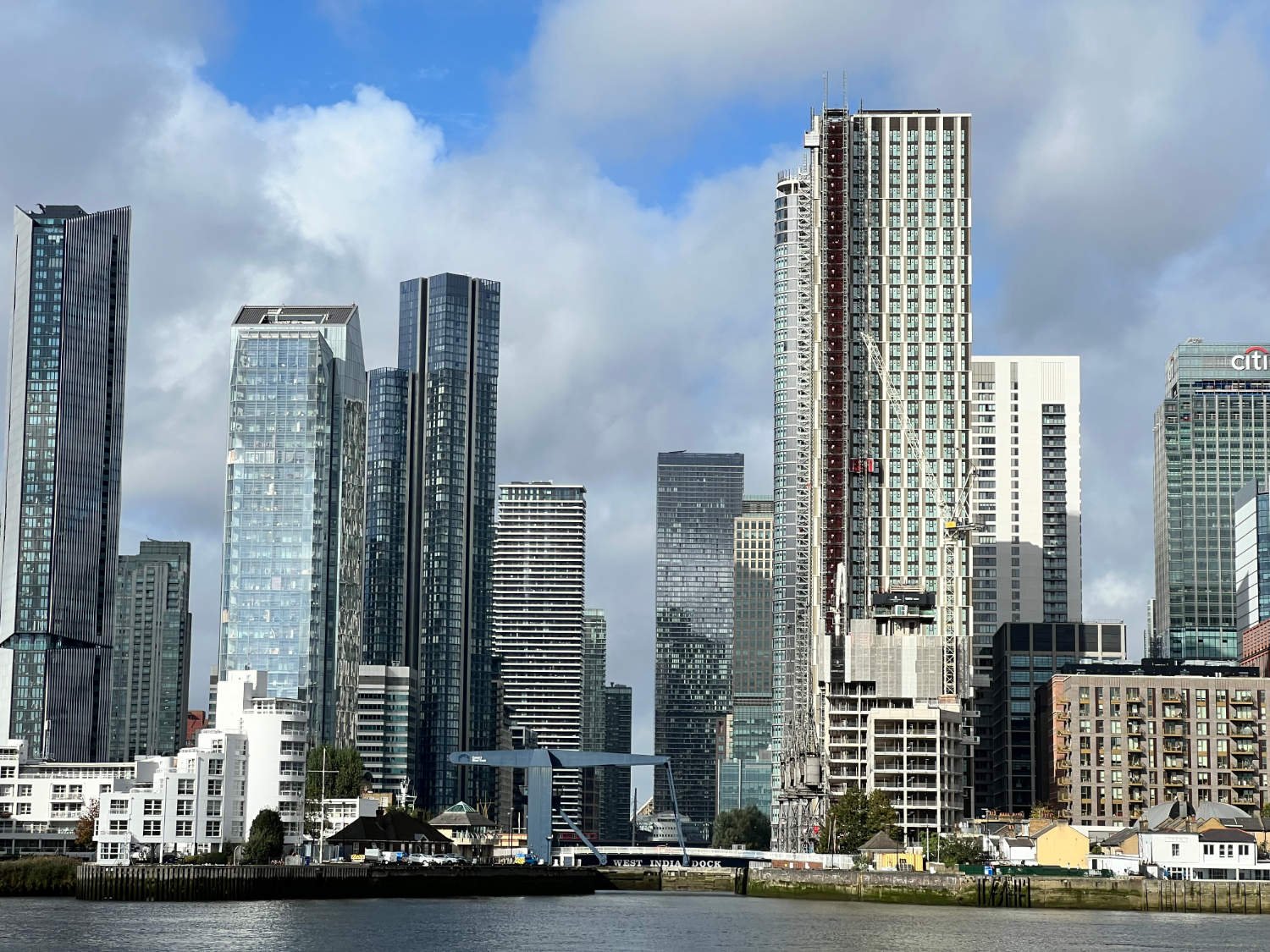
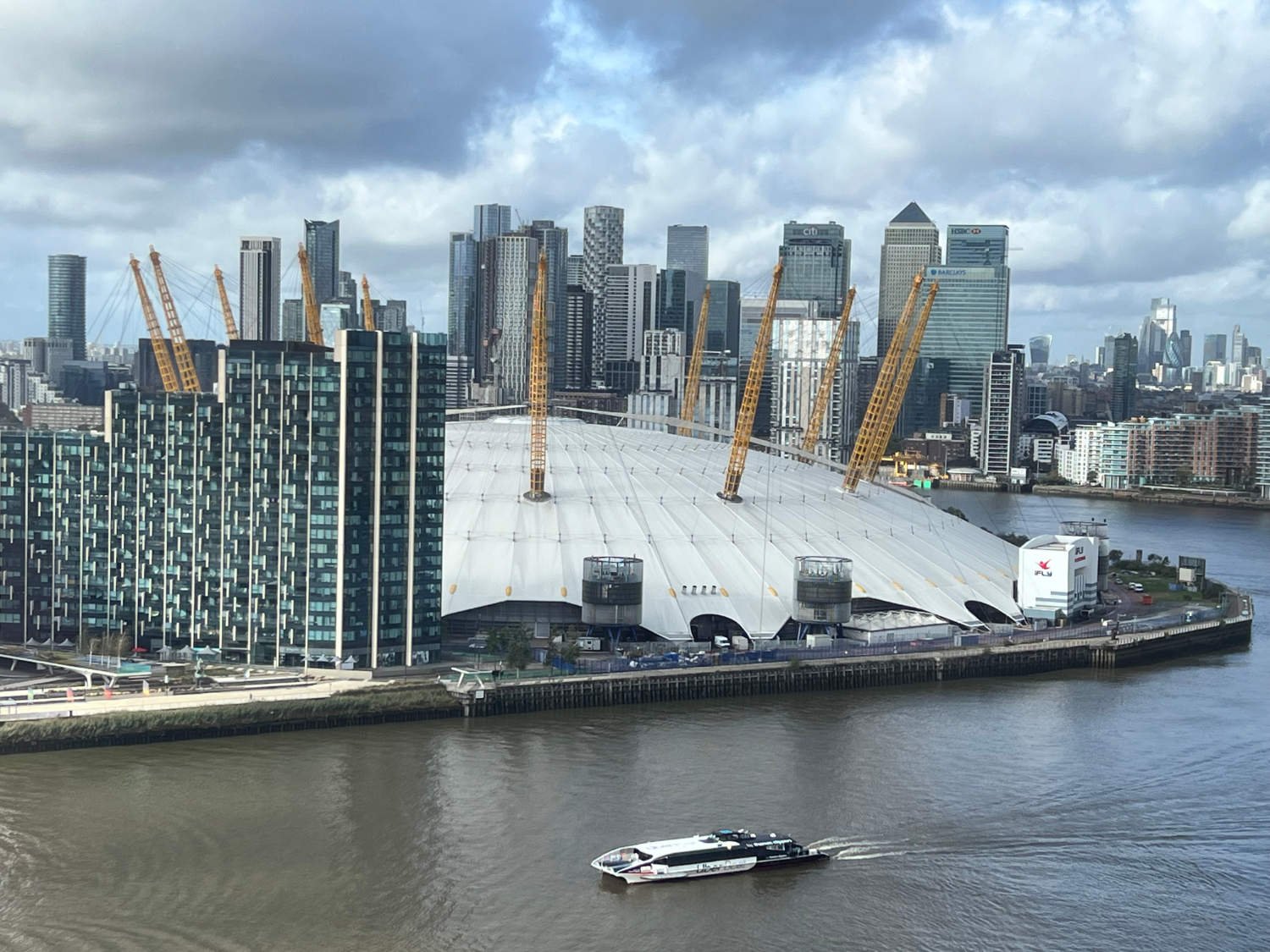
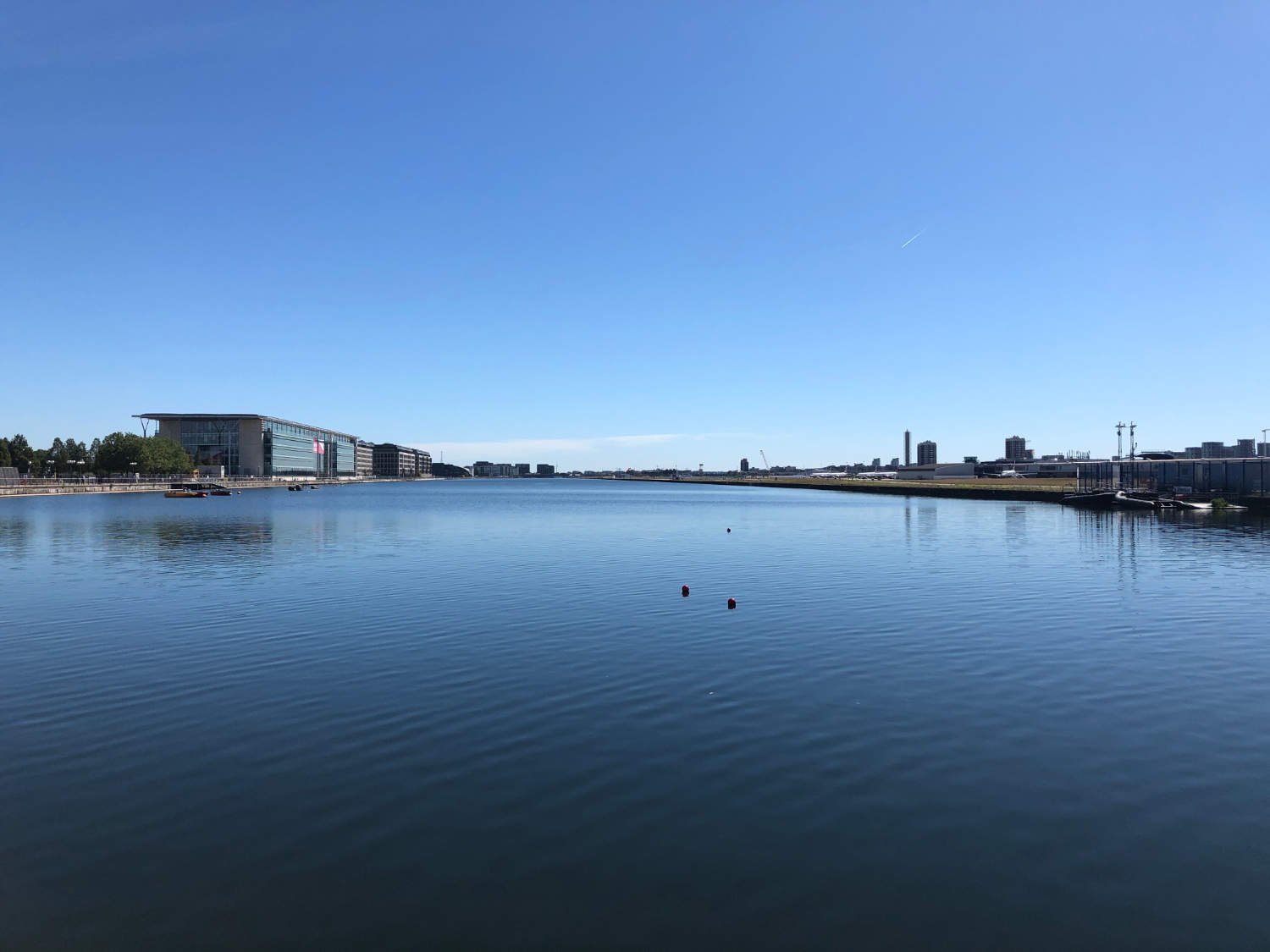
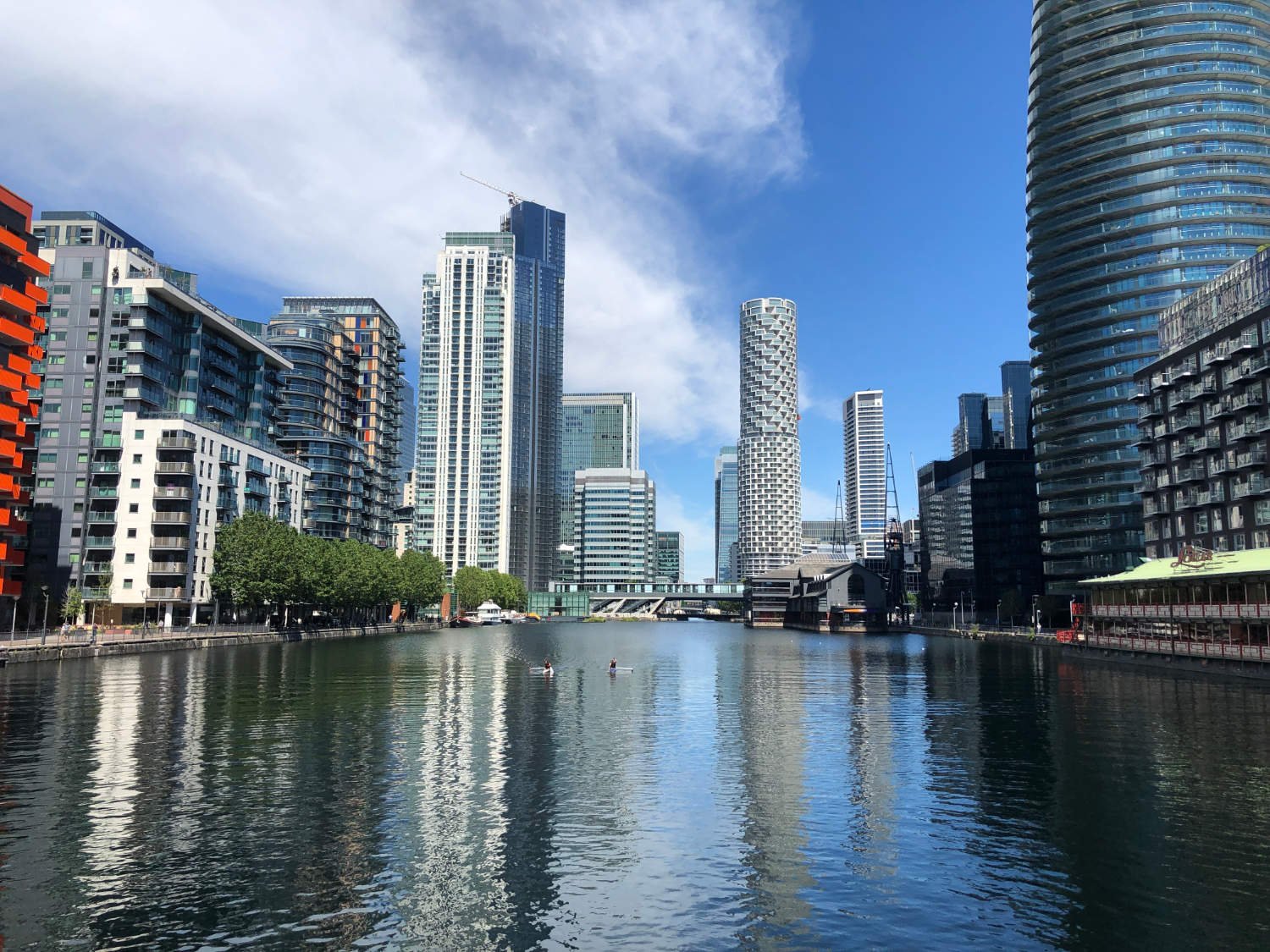

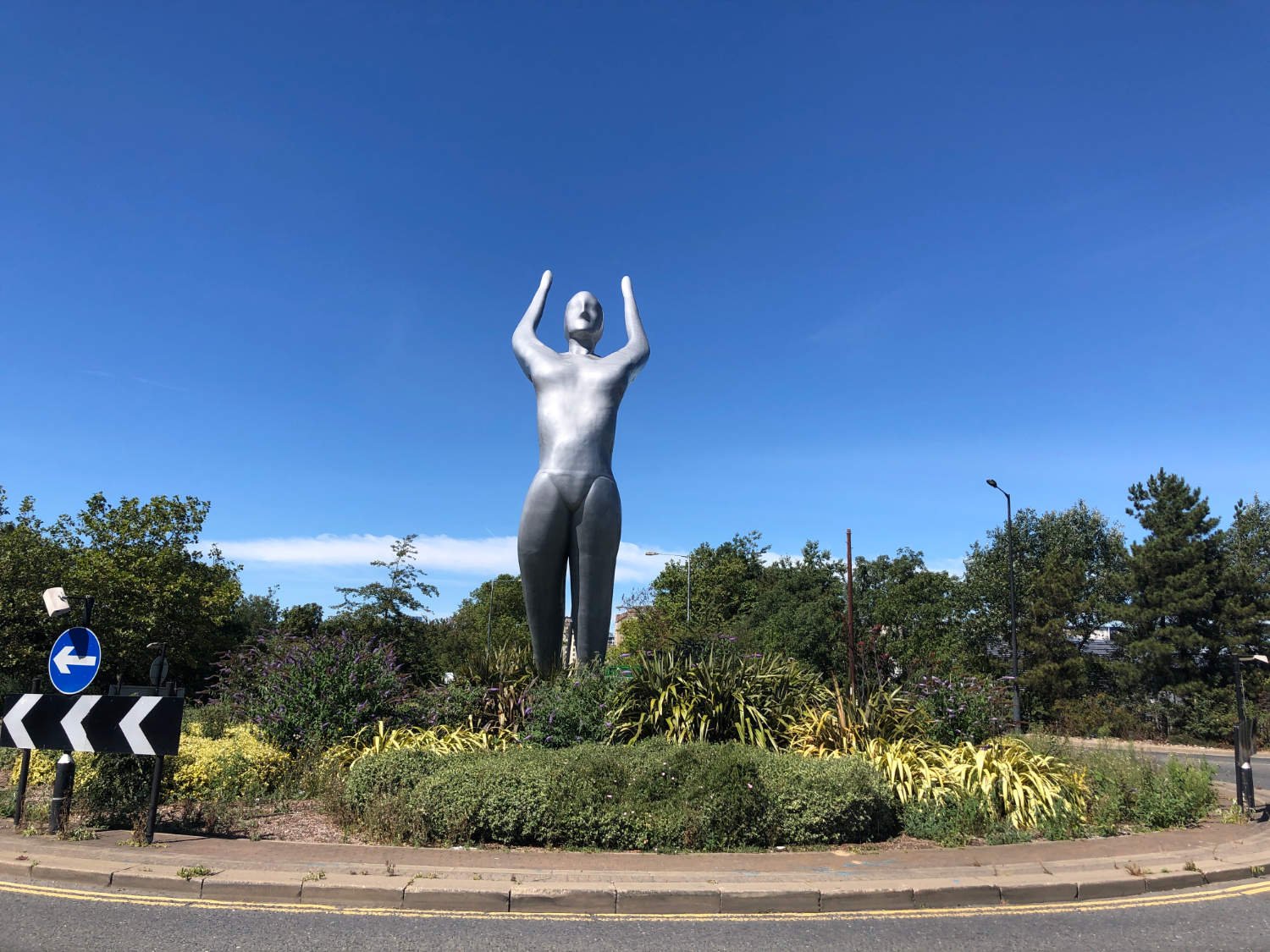
Ride practicalities
START/FINISH: Trinity Square/Queenhithe Dock DISTANCE: 44km TOTAL ASCENT: 234m TERRAIN AND SURFACES: metalled surface throughout. Most of the ride is on dedicated bike lanes and shared use paths RECOMMENDED CAFÈS/PUBS/: West India Docks; The Gun, London Docklands Museum NEARBY MAINLINE TRAIN SERVICES: There’s stations all along the route DLR and Mainline, PLACES TO VISIT; The London Docklands Museum LINKS TO OTHER RIDES: Chiswick to Greenwich, Purfleet to Paddington, The London Thames, NCN 1, NCN 4
Ride Notes
As a piece of confident architecture, the grand Beaux-Arts building that was until 2012 the headquarters of the Port of London Authority, takes some beating. Built at a time when the Empire was at its zenith, it served as the beating heart of the world’s most successful commercial enterprise. Here was the control room governing the movements of ships in the Pool of London. Inside, clerks collected the custom’s dues from the hundreds of merchants, keen to move their goods out of ‘sufferance’ (bond).
As you stand here about to start the ride, you’ll see neither sailors nor merchants, rather a fleet of expensive cars delivering well-healed guests into another of London’s five star hotels. The PLA is now housed in the drabbest of buildings way downstream in Gravesend, which perhaps illustrates just how Great Britain’s power and influence has diminished in little over 100 years.
Shad Thames
Leaving Trinity Square join the traffic-segregated C3 and head down Tower Hill to cross the Thames on London Bridge. After a short spell on Tooley street, head down towards Shad Thames, with its cobbled streets. With the vast walls of warehouses on either side this is one of the most evocative places in London. Substitute van drivers and Deliveroo motorbikes for dockers, and the bustling scene has barely changed.
Following the canyon-ed streets where former warehouses stores have been converted into glamorous flats costing many millions of pounds, the route follows the Thames. There are occasional glimpses of the river in breaks between the warehouses at places such as Bermondsey Beach and the King’s Stairs.
In Rotherhithe ride past The Mayflower pub, where tradition states that the Mayflower set sail from London with the so called Pilgrim Fathers on board. Less than half the passengers were men (74). (Women (18) and children (31).
The route wiggles its way through housing on traffic-free cycle paths to Canada Water which was constructed in 1876 on the site of two former timber ponds. Grain from Canada was unloaded here and held in enormous warehouses, each capable of holding 35,000 tons of grain. What you see today is a small remnant of the former dock, the rest along with its neighbour Quebec Dock, have been filled in. The area is still being re-developed as part of a £5.6 billion programme which will include homes, shops and office space, and perhaps a park. The library and arts centre is already in situ - the excitingly shaped black building on the waterfront.
Surrey Water
There’s more riding beside canals (remnants of the old docks) and through new housing estates on shared paths which take you past Surrey Water. It was built as the terminus for the Grand Surrey Canal, which was originally planned to link Portsmouth with London, but after vaious difficulties, only reached Camberwell, all of four miles away. Following the route through what was the maze of old docks, you come the foot of a hill, from where you have one of the most dramatic views of London’s ever changing skyline.
The view of London from the mound in the centre of Surrey Commercial Docks
You are now in the very heart of the Surrey Commercial Docks. In what is now the Stave Hill Ecological Park, the mighty Russian Dock specialised in imported timber from Russia and Scandinavia. As you ride through woodland on a former quayside, look out for mooring buoys, tramlines and other dockland paraphernalia. It is quite the thing that a once mighty dock full of noise and activity, has returned to its former pre-industrial state; tranquil woodland.
Russia Dock
As the woods end, you arrive at Greenland Dock which opened in 1699 as the Howland Great Wet Dock. In its early days the dock was not used for unloading goods, but rather as a place for both fitting-out vessels as well as being a safe haven. A fierce storm in 1703 destroyed many ships on the river, but those harboured in the dock were spared any damage. The dock is known as Greenland for it was the centre of Britain’s whaling fleet which operated from 1753 until the 19th century. Oil from blubber was used in the manufacture of soap and for the oil in lamps.
The route continues onwards to Greenwich through Deptford’s Royal Naval Dockyard where Samuel Pepys worked as the Clerk of the Acts to the Navy Board. He used to travel here by boat from the City, his house being near to where the ride began. As you approach Greenwich new signs are appearing beside the path asking cyclists to dismount. (You are ironically on a National Cycle Route.) If the sign is blue, ignore the instruction but ride with extra care. If the sign is red and round (as it is around the Cutty Sark), you should obey it. Red is enforceable with fines.
The Millennium Dome - once much derided, now much loved
The UNESCO World Heritage site of Greenwich is undeniably lovely, but is not the subject for this ride. Carry on, to the more gritty peninsula. You ride on a narrow path which was meant to be temporary but has been there for a decade or more. There are many blind corners and joggers, dogs, walkers and cyclists are all using a very narrow space. Ride with extra caution, and ring your bell at each 90 degree turn. Surrounding you is the noise of industry, the curse of a jogger too wired up to be present, sand and dust, even golf balls being struck. Willows, loosestrife and hollyhocks add to the the bizarre and fascinating nature of this part of London, as do the fabulous views of the West India Docks across the river.
IFS Sky Cloud Cable Car
Ride past the Millennium Dome, and continue past various sculptures and installations to the highlight of the ride; the IFS Sky Cloud Cable Car. Tap your Oyster or Contactless Card and enter your bubble for the most spectacular river crossing in London.
Having oooed-and aaahed your way across the Thames, you now have the delights of riding alongside what were at the turn of the twentieth century, the world’s largest enclosed docks. The Royal Docks are over four kilometres long and encompass over 250 acres of water. Having ridden past the new London Assembly building - that black polygonal glass construction, you head to a former petro-chemical and acid works, where now there is a marvellous modern garden. Also worth a photo is the Thames Barrier.
London City Airport
The route passes the end of London City Airport’s runway. It is a noisy thrill watching aircraft rise steeply over the great towers of modern London. And an equally exciting exercise is to race a plane taking off - you’ll be on the wide cycle path separated from the planes by a stretch of water. As you race the jet making a lot less noise and probably not going quite as fast, notice the early twentieth century grand buildings on your right - they were formerly hotels where First Class Passengers stayed prior to embarking on liners such as the SS Mauretania.
Former hotel for First Class Passengers
Arriving at the ExCel London, owned by the Abu Dhabi National Exhibitions Company, you will find the way barred. In order to progress, you are required to ride on Victoria Dock Road on a partially protected cycle lane to Canning Town. Then you join a new cyclelane to ride over the Leamouth.
Once across the river Lea, you enter the docks belonging to the East India Company. Huge walls protected their fleet and warehouses which brought precious goods from the India and the East into Britain. You are now and will be for the next twelve kilometres in what was the very heart of Britain’s commercial empire.
Shadwell Basin
Docks come thick and fast now. Enter the utopian business land of Canary wharf, whose gleaming towers line the old West India and Millwall docks. Much is made today of Britain’s role in the utterly horrendous slave trade, without acknowledging that the enterprise was an acceptable form of trade in the 18th century. Britain was far from alone in trading slaves; all of the European powers were involved in some way or another, as were the Arabs. Indeed, the Africans themselves were involved in the trade prior to European contact. (the Ashanti were particularly notable traders). Be that as it may, it is pretty awesome riding through the Isle of Dogs with the exuberant towers gleaming around you. The London Docklands Museum is a good place to stop should you wish to know more about the history of the Docks. The cafe is a good place to stop to refuel. One note of caution; to access the museum is best done using the road which passes under Westferry. The alternative is to walk your bike across Cabot Square - and heaven help you if you even motion to sit on the saddle. The new National Army of ‘Security guards’ are very keen to fine you.
London Docks
The ride passes through Limehouse, known for its making of glass, bottles, clay pipes and ropes before passing onto the London Docks. They mirror the Surrey Quays across the water, with their shallow canals and 1980s housing with the odd basin offering watersports, (but not swimming). Up until 1799, most ships docked in the river and were subject to all sorts of robberies and fleecing. The complaints of the merchants grew so loud that ‘something was done'. Docks were built using private money. They were enclosed by walls and patrolled by security guards, which considering the high value goods - wine, ivory, spices, coffee and cocoa, was just as well.
The penultimate dock on our ride, but London’s first enclosed dock, is St. Katherine’s. To create the space for the dock, a whole neighbourhood was cleared - the 10,000 poor moved on from their homes (albeit squalid ones) without compensation.
Queenhithe
The very last dock on the ride was London’s first - Queenhithe. To reach this Roman port, you’ll need to cross Upper Thames Street at the pedestrian lights and walk your bike down an alleyway. There is not much to see other than an inlet and a mosaic explaining the history of the dock. But it is where London Dockland story began (it is still the UK’s largest port), and for that it is worth crossing the road.
Every route on this website has been carefully researched as well as ridden. However situations on the ground can change quickly. If you know of changes to this route, or cafes, pubs and the like which you think other cyclists need to know about, feel free to share your thoughts below.
If you enjoyed this guide, why not subscribe to the website so as not to miss other inspirational routes?
wheremywheelsgo.uk is a Feedspot UK Cycling top website











